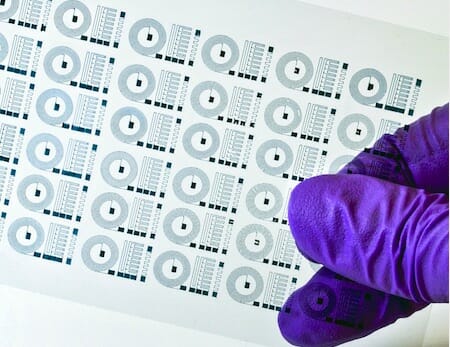Brain implants may sound like science fiction, but researchers have been working on ways to use implants to treat and monitor brain disorders for some time now. Some brain implants are used to treat patients after stroke, and others are used to monitor brain activity in animals during scientific experiments. Now, researchers are using 3-dimensional (3D) printing to make brain implants safer and more efficient in the human brain.
Conventional brain implants are made of metal, rigid materials that can cause inflammation. The neural probes may vibrate as they react to magnetic fields, heating up and scarring brain tissues.
In a new study, engineers at the Massachusetts Institute of Technology (MIT) designed 3-dimensional neural probes that are soft and flexible. They are safer alternatives to metal-based implants used for monitoring the brain’s activities, according to the researchers.
Metal-based probes are also used in deep brain stimulation (DBS), a surgical procedure that sends electrical impulses to the brain to ease symptoms of epilepsy, Parkinson’s and severe depression. Scientists have also begun the largest international trial to evaluate the safety of DBS for people with Alzheimer’s.
In some past research, scientists have even begun exploring how brain implants may help improve memory in people with Alzheimer’s.
The MIT group streamlined the way engineers manufacture neural probes with conductive polymers—a material that engineers are increasingly using for designing brain implants. It has the flexibility of plastic and the electrical conductivity of metal. But engineers currently rely on a technique called lithography, a process used to manufacture computer chips. It’s an onerous procedure that has hindered innovation, said MIT graduate student Hyunwoo Yuk, one of the authors of the study.
“Most importantly, because it’s complicated and expensive, people cannot change designs very efficiently,” Yuk said.
The MIT researchers developed a technique to print neural probes made of hydrogels. Most commercially available conducting polymers are unsuitable for 3D printing as they come in liquid solutions. So the team freeze-dried the polymer, extracting the nanofibers from the liquid. By remixing the nanofibers with a water-based solution, the researchers transformed it into a substance similar to the texture of toothpaste, forming a hydrogel which they can feed through a conventional 3D printer.
The researchers suggest that their implants may be more sensitive to the brain’s ions—molecules that have an electrical charge—than the metal neural probes. The group printed a small electrode and implanted it in a mouse’s brain. They found that it picked up electrical signals from a single neuron.
Ions can freely pass through the research team’s electron-conducting nanofibers, fibers that are embedded in a hydrogel. On the other hand, metal-based neural probes detect ionic signals by aggregating the ions on the metal’s surface. But some of the ionic signaling get lost in translation.
The researchers are now working with neuroscientists to develop high-density neural probes. Most rigid neural probes lose their functions after a few months as they cause brain tissue damage. Even though safer and more effective nanoscale probes are available, they’re difficult to manufacture for wider adoption, Yuk said. The team will examine whether their model can record the brain’s functions in various regions for a longer period of time, which could reveal the inner workings of the brain that scientists have never known before.





